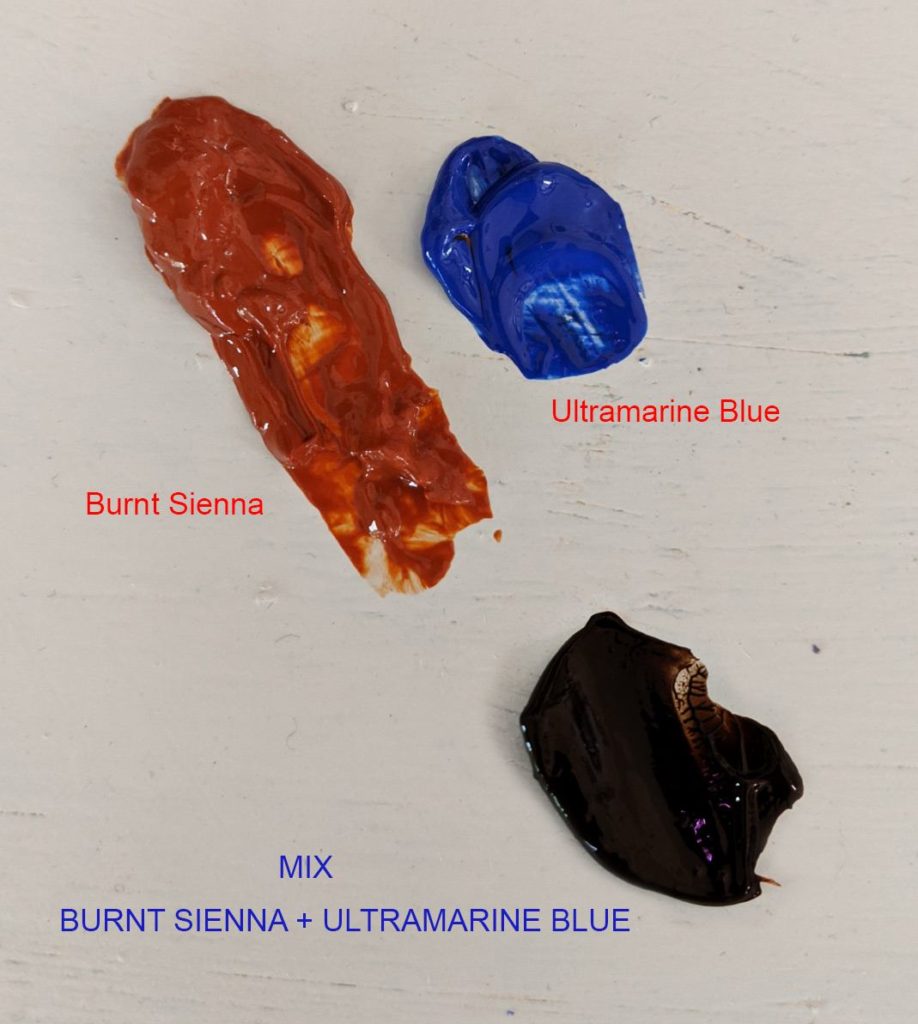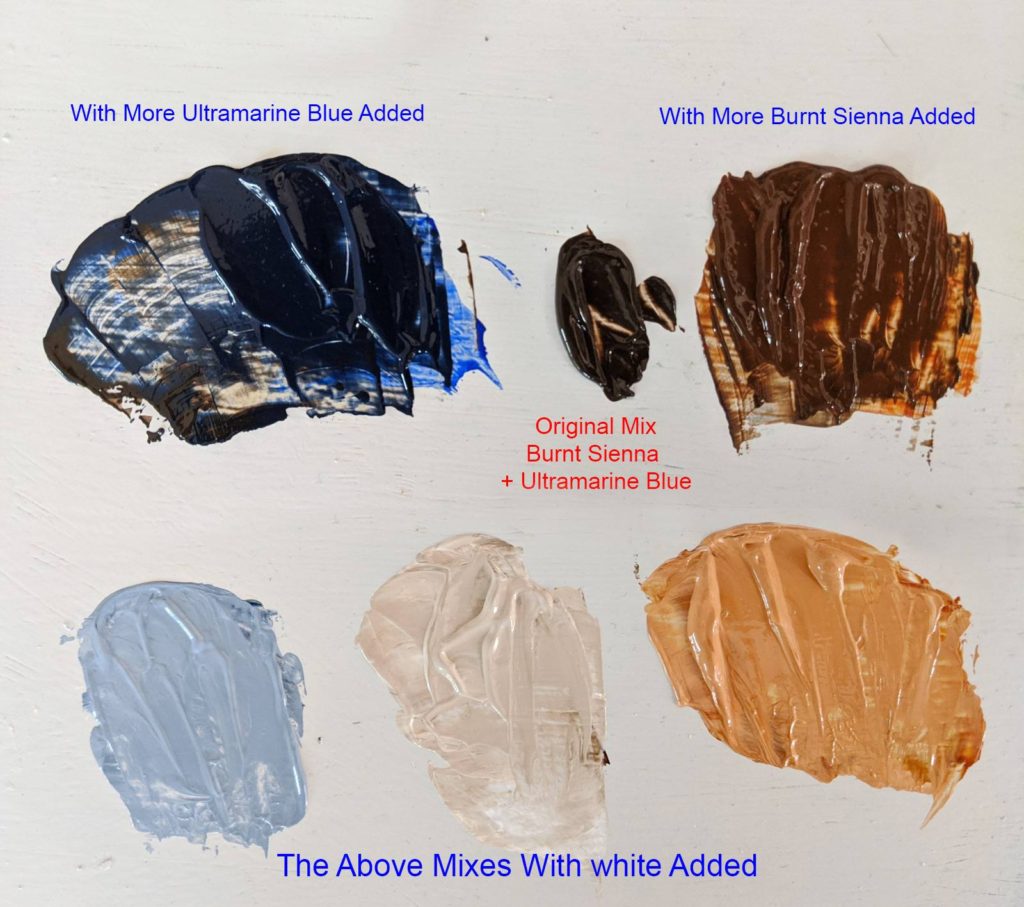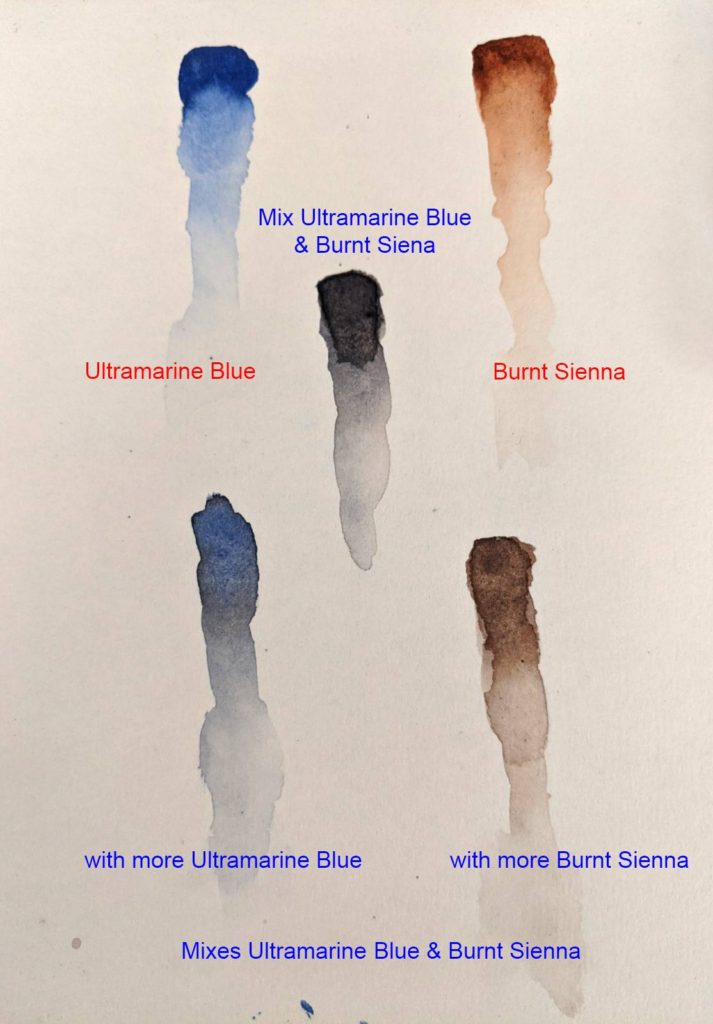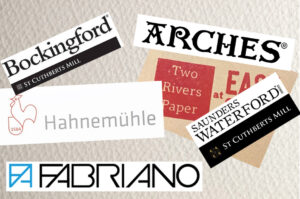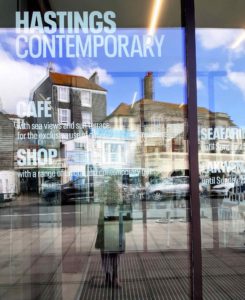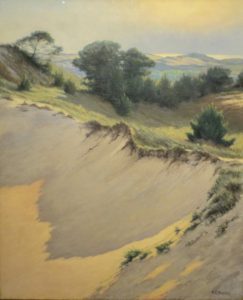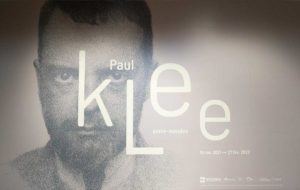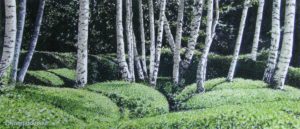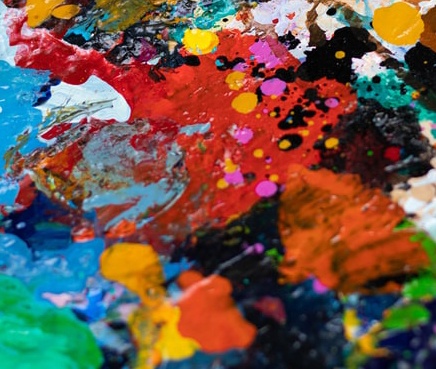Tonal Painting - Part 2
The last Challenge #12 we set you using only two colours – Burnt Sienna and Ultramarine Blue, was a first of this type for many of you and, not surprisingly, caused a few problems. Therefore, rather than simply ticking this one off and moving onto something else, we have decided to carry on with this challenge, as understanding the principal of tone in painting is the key to “better” paintings!
We have therefore decided to produce this little guide to hopefully help you and bear in mind that what we discuss here will apply to all colour mixing! So try different colour combinations and see what happens – there is no better way than this to get to know them!
It may seem an obvious thing to say, but to successfully mix colours you first need to “know” your colours. This is not simply a case of knowing the basic colour chart with the Primary, Secondary colours etc., although that in itself is important.
Each manufacturer of paints, be it Daler Rowney Winsor and Newton, Schmincke etc. etc. each have their own recipes for making their paint, so you cannot rely on the name on the label. Burnt Sienna in one make will not necessarily be the same colour as Burnt Sienna in another – you have to work with your paints, and get to know how your colours react when applied to your surface and how they behave when mixed with other colours – this is the key to successful painting.
Attempting this last “two colour” challenge by simply dipping your brush into the ultramarine or burnt sienna now and again will not produce anything like a satisfactory result. You really need to get into the habit of using a palette knife if working with oil or acrylic to mix the colours, or pre-mixing a range of basic tones if working in watercolour, until it becomes instinctive when you will be able to be a bit freer in your approach. Using pastel is slightly different in the way colours are layered, and may require other colours to acheive the range, for this reason using just a black and white to acheive a monochrome painting will acheive the same aim for this challenge.
You also need to get into the habit of mixing a range of tones – 3 is fine (see above image) – a dark or the original colour, a mid-tone with a little white and a light tone with more white. Then using just the two colours, mix them to see how dark a colour you can get. Then add some white to these mixes. There is no hard and fast rule here – just play around, adding more blue or brown or more white and see the different tonal ranges you can get. Once you understand this and can see the results you can proceed to the next step and looking at the tones in your picture, apply these mixes.
Below you can see the Ultramarine and Burnt Sienna mixed to create a dark, and below that the variations you can acheive by adding more blue or sienna to the mix, and then adding white to those mixes – the possibilities are endless!
With watercolour, you will obviouly not be using white, but pre-mixing your colours – and testing on a scrap of paper – before you start is vital to aceive success. Otherwise there is a danger that you will not get enough variety in your tones and the painting then ends up looking flat!
Putting this into practice...
In order to illustrate this for you we have put together a little demonstration painting of a an antique terracotta head we saw recently in Northern Cyprus. We have changed the image into black and white to demonstrate again the benefit of seeing things this way to determine tones more easily.
A useful little trick to help you determine the correct tones, or even see the difference in the first place is to use a small piece of card, painted a neutral grey, with a small square ‘window’ cut out. This helps isolate the tones and the grey colour of the mount does not interfere with it (think the neutral grey card used in photography lighting).
Below is a link to a little time-lapse video we have put together, available on YouTube, showing the various stages, with notes, of Dan’s painting of this terracotta head. We hope you like it and it helps show what we have been talking about! There is even a musical accompaniment so turn the volume control on!
By all means have a go at this head, or try your own image. Let’s see the results of your labours and remember – this is not a race, so do not worry if it doesn’t happen immediately. Dan spent an hour on the demo, but do not feel obliged to limit yourself – take as long as you like.



